Skills & Techniques
How to Leave No Trace While Caving

Brice
-
November 4, 2018
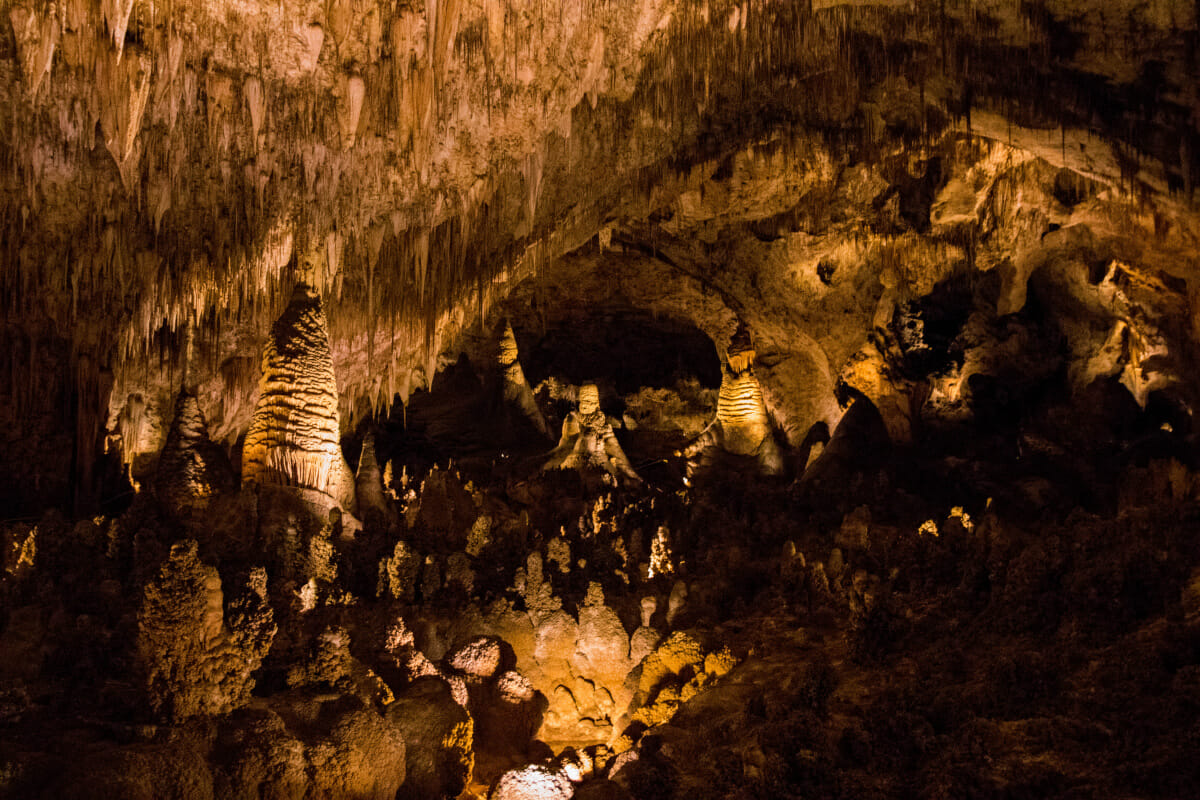
Carlsbad, New Mexico: Caves are incredibly unique and beautiful natural ecosystems. They offer a look into geologic history, specially adapted wildlife, and exploration in a challenging and foreign environment. However, these places can be extremely fragile and sensitive to human impact, making it super important to practice Leave No Trace.
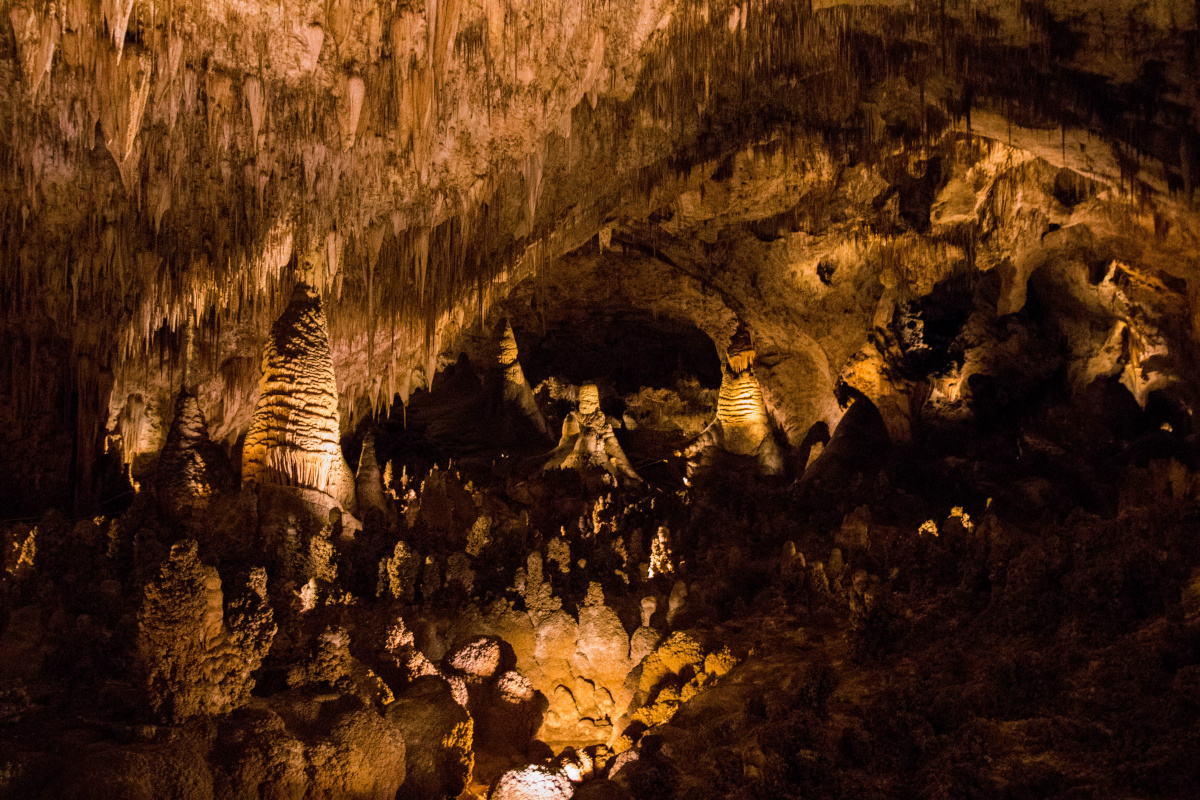
Here are some specific Leave No Trace tips to consider for a trip underground.
1. A trip into a cave system will take considerably more planning and preparation than a regular recreation trip. Consider joining a grotto to gain valuable experience and knowledge on how to take care of these places.
Many self-exploration caves can only be accessed with a special permit and will require specialized gear. Doing your homework will decrease the chances of human impacts.
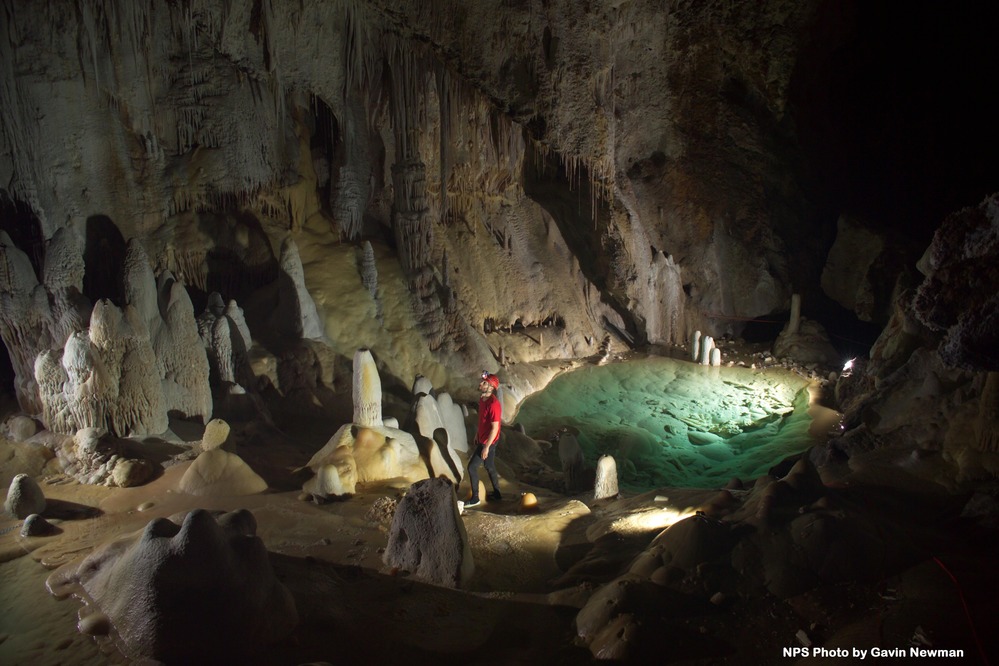
2. When moving through a cave system stick to the most durable surfaces. This is first and foremost an established trail or path. If you are exploring an undeveloped system move slowly and deliberately. Plan how you will move through each new area to minimize impact and keep your distance from delicate cave features such as stalagmites and stalactites. Even dust kicked up from foot traffic can inhibit the growth of these features. It is never advised to camp inside a cave unless you are part of a specialized research or expedition party.
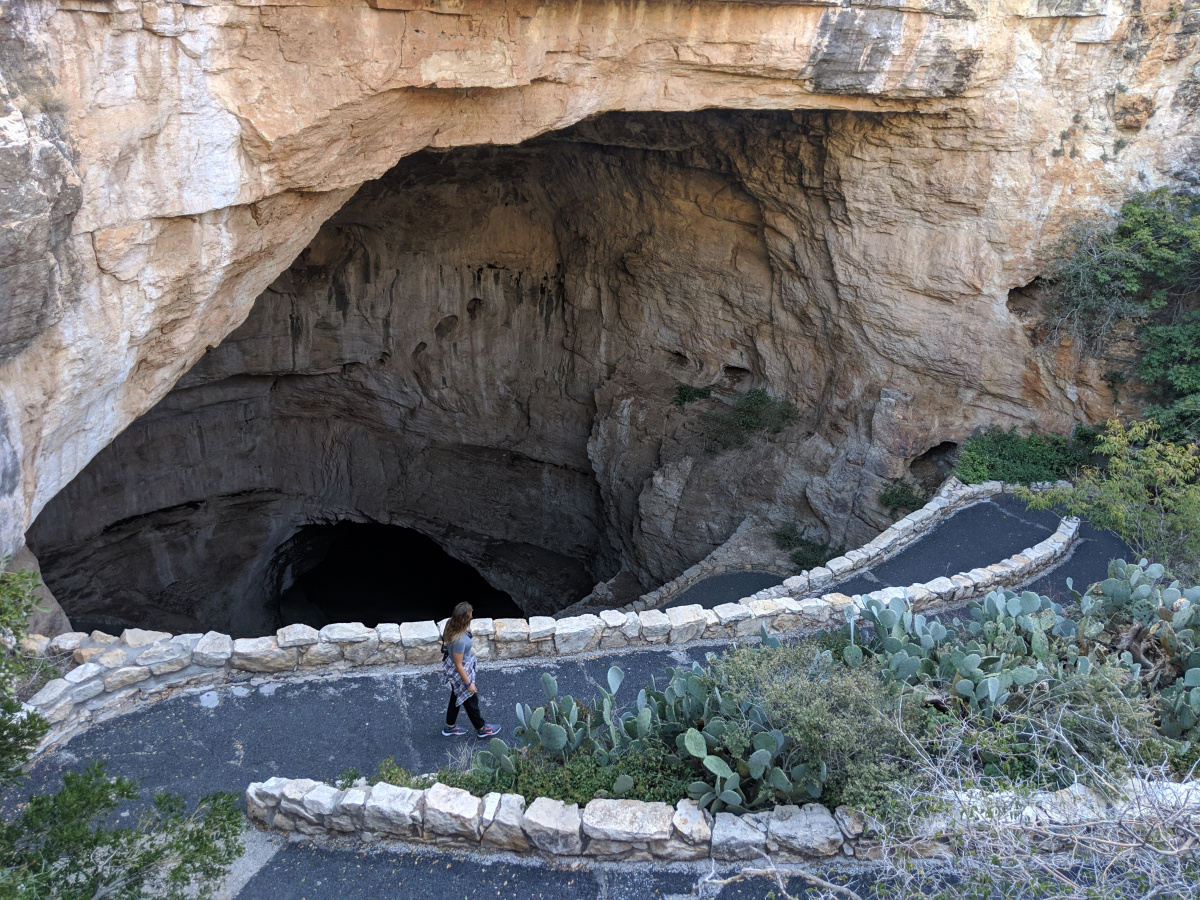
3. We can assure you that the developed restrooms 750 feet down in Carlsbad Caverns are not normal. Have a plan for disposing of your human waste. This means traveling 200 feet or further from the entrance of a cave to dig a cathole. If you are unable to make it to the entrance, be prepared with a WAG bag or other pack out method and use it for solid and liquid waste. Yes, pack out even pee, which can contaminate slow moving water sources and disrupt microbial populations.
4. There’s a reason we call our ancient ancestors cave-people. Caves are often home to many historical artifacts and even petroglyphs. It’s always best to leave these items and areas undisturbed so that we can learn from them and admire them for centuries to come. To preserve the integrity of these historic places, cavers should never create their own carvings or markings.
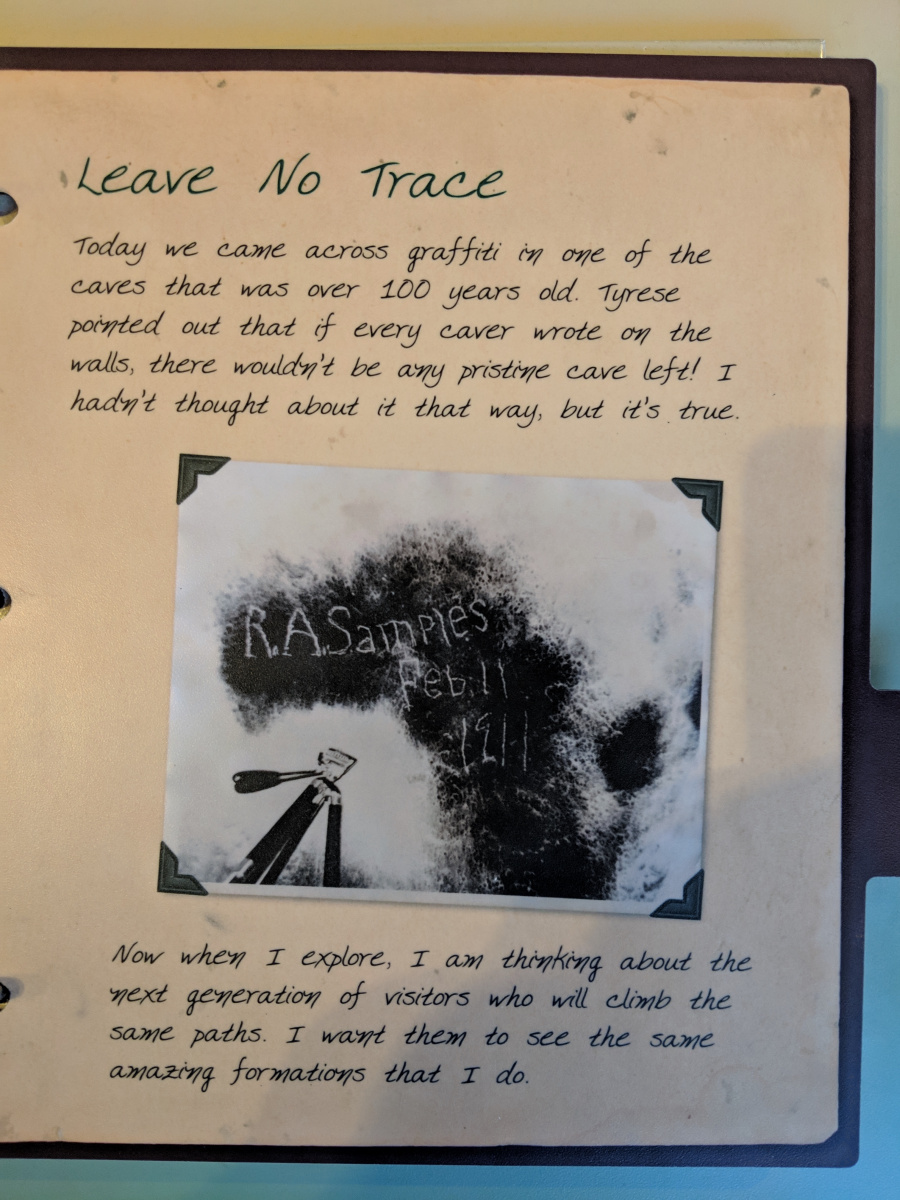
Caves aren’t just home to archeological treasures, but cave features that have taken thousands and thousands of years to form. Touching these can leave behind oils that harm disrupt growth, and breaking them permanently alters the cave. Respect the unique cave you are visiting by avoiding contact with cave features.
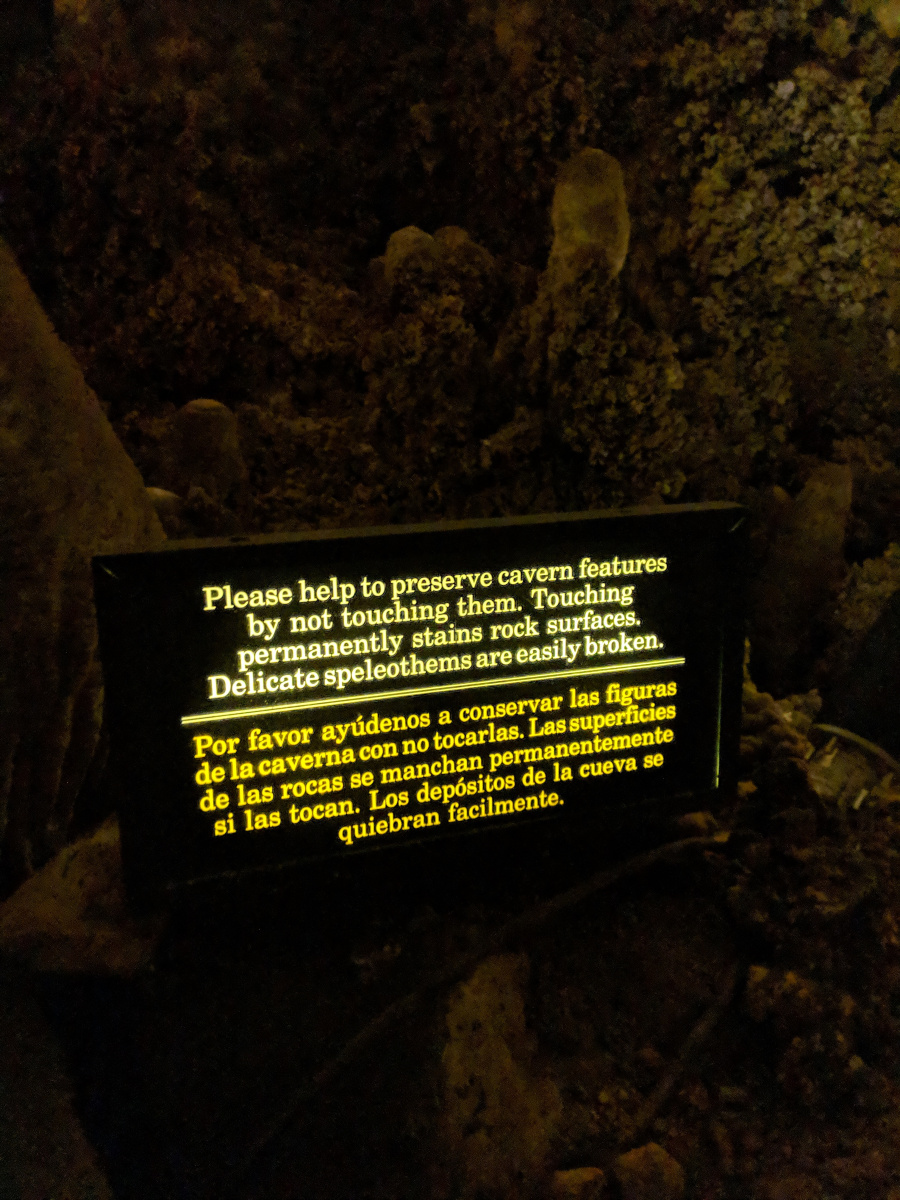
5. It’s never necessary to have a fire in a cave or around the mouth of a cave, it leaves scars on rocks and harms wildlife who call these dark caverns their homes. Modern headlamps and light sources have all but removed the need for flares and other light sources that rely on burning or combustion.
6. Though caves may seem like a dead-zone for wildlife viewing, there is a broad range of animals and microorganisms that call these places home. Most famous of these residents are bats, however, cave swallows, salamanders, snakes, crickets and other animals share this ecosystem. These creatures are specially adapted to live in a cave environment, and are highly sensitive because of this. Many cave inhabitants are rare or endangered and uninformed cavers could unknowingly kill off an entire species. Keeping your distance from animals and following all the other Leave No Trace principles during your visit will help keep these animals safe.
Caves also contain subterranean microorganisms that are extremely sensitive and scientifically valuable. Avoid entering pools unless they are in a designated cave route.
White Nose Syndrome has had devastating effects on hibernating bat populations in caves. This fungal diseases has been associated with at least 5.5 million bat deaths. Humans are a contributing factor in the spread of the disease. To stop the spread of this disease is important to clean and disinfect cave gear. Gear and clothing that has been used in regions affected by White Nose Syndrome should not be taken out of that region.
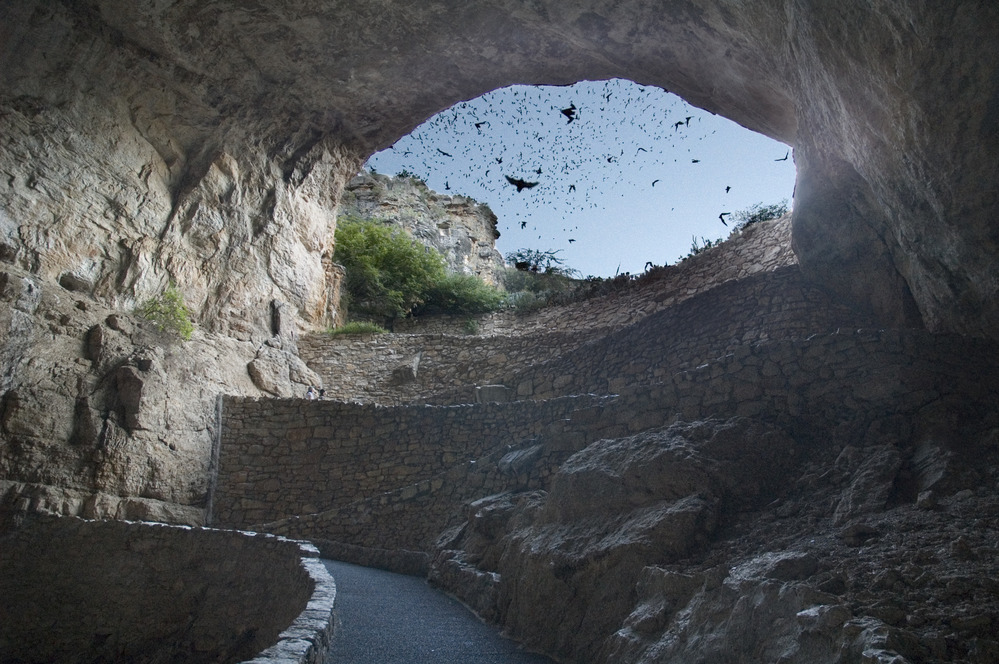
(Photo Courtesy of NPS)
7. There are lots of us going to these shared outdoor spaces and considering how long they take to form, it’s in everyone’s interest to recreate in them responsibly. Whether it’s in spelunking in a local cave or joining the group of nearly 500,000 who enjoy Carlsbad Caverns every year, think about these Leave No Trace tips on your next subsurface adventure.
Leave No Trace’s Erin Collier and Brice Esplin are part of the 2018 Subaru/Leave No Trace Traveling Trainer Program that provides free, mobile education to communities across the country. Proud partners of this program include Subaru of America, REI, Eagles Nest Outfitters, Deuter, Thule, Taxa and Klean Kanteen.
Let’s protect and enjoy our natural world together
Get the latest in Leave No Trace eNews in your inbox so you can stay informed and involved.
